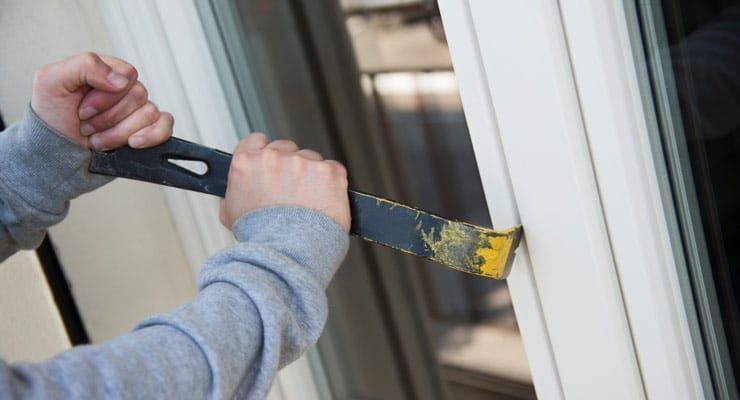Nearly 2 million home burglaries are reported in the United States each year, and the majority of these burglaries occur in the summer months. The scariest part of this statistic for parents is the summertime rise in home break-ins typically correlates with when their children are home without an adult.
A recent U.S. Census Bureau report illustrated that 7 million of the nation’s 38 million children between the ages of 5 and 14 are left home alone on a regular basis. And in married-couple families with children, 60% of both parents work, confirming that summer is when children are most likely to be home alone while school is on break.
The Force Training Institute (FTI) provides protection and safety training for some of the nation’s most important assets and largest companies. The safety and security experts at FTI have created the following tips parents can use to teach their children how to respond if a break-in occurs when they are home alone this summer.
Role Play and Discuss: One of the most important things parents can do to prepare a child to learn the proper way to respond to a break-in is to practice. Just like schools have fire and other emergency drills, households should do the same. Parents should talk to their children about the proper way to respond to a break-in, and then conduct a scenario with the child while providing direction and support.. The scenario does not need to be frightening as it is meant to build the child’s confidence and decision-making.
Retreat: The first thing children should be taught about a break-in is to move the opposite direction of an intruder. Even if a child is older, he or she does not know what the intruder’s intent is or if the person has a weapon.
Grab Communications: Whether it is a portable home phone, a cell phone, or a tablet, kids should also be concentrating on grabbing a means of communication to call for help as they are getting away from the intruder and moving to another part of the home.
Barricade: Once they have moved away from the location the break-in occurred at, children should find a secure place to barricade themselves into. This could be a bedroom, bathroom or closet. Any room that has only one door that can be locked and barricaded with a chair or other piece of furniture is suitable.
Try to be Invisible: Hiding under a bed, inside a coat in the back of a closet, in a dirty laundry hamper, or under blankets and pillows on a messy bed are all good options for camouflage. Teach kids to be as small, hidden and quiet as possible.
Call for Help: If possible during the break-in situation, teach children to first send a text message for help to parents, family members or a trusted neighbor or family friend asking for help and for the person to call 911 to come to your home. Make sure your child knows to turn the volume off on a phone or tablet so device noises do not give away a hiding place. If it is not possible to send a text for help, teach kids to call 911 and whisper they need help, tell the operator a break-in is happening, they are home alone, and their address.
Use Basic Self-Defense: In the event an intruder tries to physically harm a child during a break-in, parents should prepare their children to know basic self-defense skills that could save their lives. If an intruder is trying to cause harm or kidnap a child, he or she should know to scream as loud as possible, try to hit the intruder in the groin, eyes or nose, to not be afraid to bite, and to never stop moving, kicking and squirming to try and get away.
Author: J. Hart from the Force Training Institute





